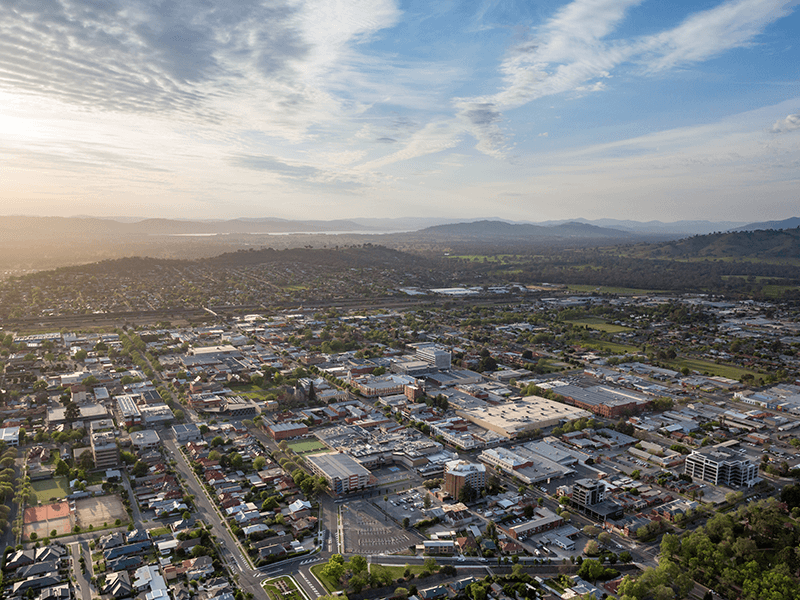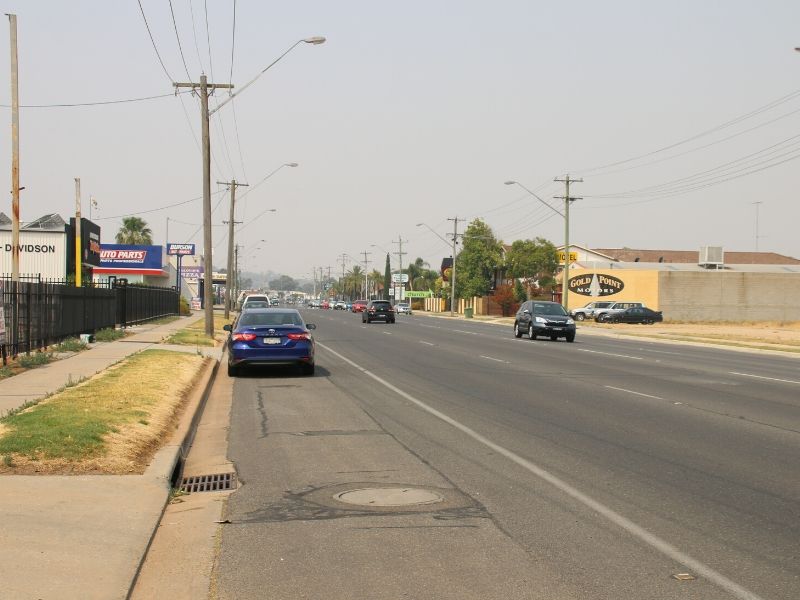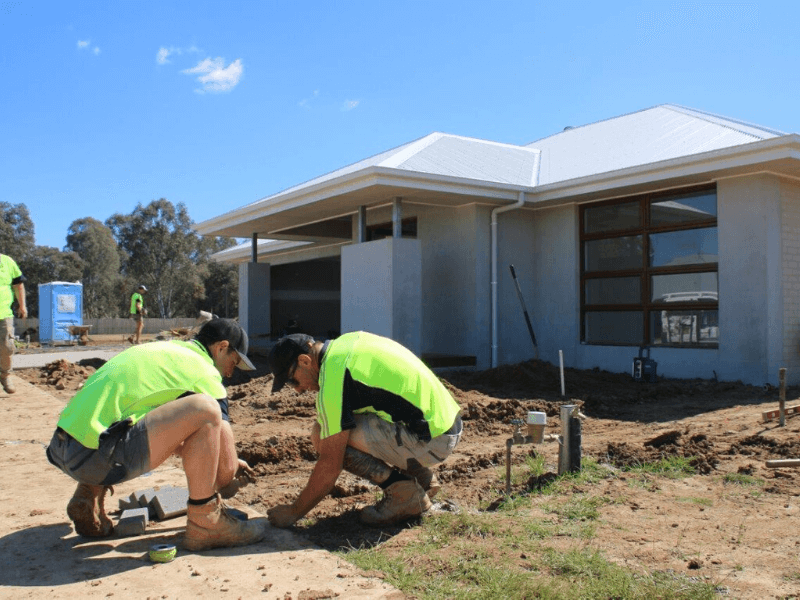Despite the slowing of the economy on a national and international scale, the recently published Albury Economic Indicators report highlights continued growth across a number of key indicators at a local level, including Gross Regional Product (GRP), population and labour force participation.
Key findings from the December 2019 Albury Economic Indicators include:
Gross Regional Product (GRP)
- As at June 2018, the Albury and Wodonga Local Government Areas (LGAs) had a combined GRP valued at approximately $7.2 billion. This represents a $220 million, or 3.2% increase compared to June 2017.
- As at June 2018, the Albury LGA had a GRP valued at approximately $3.8 billion, representing a $134 million, or 3.6% increase compared to June 2017.
- The Albury Wodonga economy is dominated by the 'Public Administration & Safety', 'Rental, Hiring & Real Estate Services' and 'Health Care & Social Assistance' sectors in terms of value-added.
- All sectors across the local economy remained relatively consistent in the 12 months to June 2018 with the largest growth experienced in the ‘Mining' (+40.7%), ‘Agriculture, Forestry & Fishing’ (+18.1%) and 'Wholesale Trade' (+9.8%) sectors.
- Sectors that experienced the highest degree of softening included ‘Manufacturing’ (-5.7%) and ‘Information, Media & Telecommunications’ (-1.0%).
Employment
- As at June 2018, Albury's labour force was 24,243 compared to 22,818 in June 2017, an increase of 6.2%.
Population
- As at 2018, the combined LGAs of Albury and Wodonga had an estimated population of 95,196. This represents an annual average increase of 1.6% since 2012.
- As at 2018, the Albury LGA had an estimated population of 53,767. This represents an annual average increase of 1.3% since 2012.
- Albury’s population is expected to reach 67,427 by 2036, while Wodonga’s population is expected to reach nearly 57,314 over the same period.
Demographics
- The five years to 2018 has seen a 5.4% decrease in university enrolments across the border. However, 37% of the Albury population holds a tertiary qualification.
- The median weekly rent in Albury is $231 and the median monthly mortgage repayment is $1,421.
Property & Construction
- In 2018/19 the value of construction for Albury was estimated at approximately $163.1 million, down from $190.1 million in 2017/18. This represents an annual average decrease of 4.5% over the last five years. This decline can be attributed to a decrease in non-residential construction from $51.0 million in 2014/15 to $27.4 million in 2018/19.
- Residential projects outweighed commercial construction with a combined 685 construction certificates and complying development certificates issued through the year at a value of $135.8 million.
- Residential property prices continued to steadily increase, with the median house price fetching $344,000 in the 2018/19 financial year. The number of houses sold reduced from 981 in 2017/18 to 874 in 2018/19.
- The median unit price increased in 2018/19 financial year to $212,500, while the number of units sold softened slightly, decreasing from 244 in 2017/18 to 211.
- While the number of vacant land sales dropped by 5.5% for the year, the median price increased by 6.9% to $155,000 for the 2018/19 financial year.
A full copy of the report is available here.


